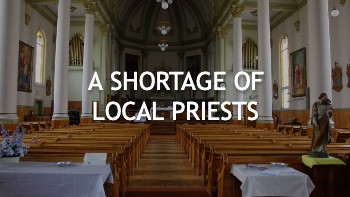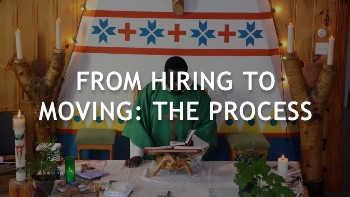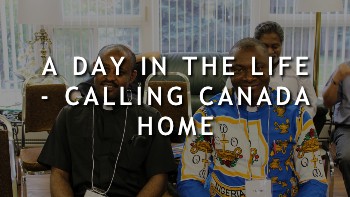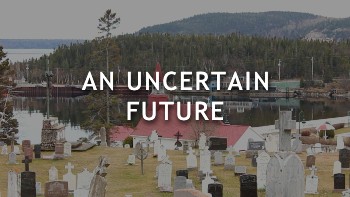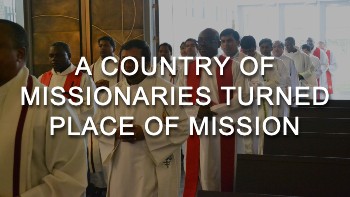If you were to step inside a church in one of Quebec’s rural towns today to attend mass, you would have a one-in-three chance of encountering a priest who migrated to Canada from another country. For more than 10 years, bishops in the province have been recruiting religious leaders from Africa, South America, Asia and the Caribbean to fill a widening gap in the local supply of priests.
Fewer Canadian men are pursuing careers in the clergy. This is a problem for the Roman Catholic Church, because most of its priests are aging and will soon be too old to work. Yet the need to replace them is considerable. Although attendance at mass, baptisms and Catholic marriages has decreased steadily since the 1970s, there are still many churchgoers in the country.
Dioceses in Quebec are increasingly relying on priests from abroad to serve in their parishes.
“More and more, we are entering into partnerships with other dioceses where they will allow one of their priests to stay for six years, 10 years to do ministry in in our diocese,” explained Gatineau Archbishop Paul André Durocher.
But this issue is about more than just a human resources challenges for the Catholic Church. It is also reflection of Canadian society becoming more diverse and less religious. In exploring the migration of foreign-born religious workers to Canada, this project uncovers greater truths about tolerance in all corners of Canada as well as the very future of one of the foundational institutions of our society – the church.
Some of the priests decide to stay for good and officially change their affiliation from the diocese in their home country to the one they serve in Canada.
This trend is not limited to Quebec or the Catholic church. Religious workers of all faiths have been migrating to Canada to take up jobs. The majority of them settled in Ontario and British Columbia, but they can be found in all provinces and territories.
Where do religious workers settle when they migrate to Canada?
Religious workers of all faiths have been immigrating to Canada and settling across the country. Interactive map by Émilie Warren.
Source: Immigration, Refugees and Citizenship Canada, Chief Data Office, Permanent Residents Data as of Feb. 28, 2021. Data provided by Immigration, Refugees and Citizenship Canada.
Note: Immigration, Refugees and Citizenship Canada did not share the exact number of religious workers that have immigrated to the country. The rationale is to prevent individuals from being identified in instances where their data is compiled and compared to other publicly available statistics. As a result, the data shown on the maps is a close approximation of the actual number of migrant religious workers.
EXPLORE THE ISSUE

